00:00

Pikes Peak Highway offers an unforgettable drive to the summit of one of Colorado’s most iconic peaks. This well-maintained road leads visitors through diverse landscapes, from lush forests to alpine meadows, with stunning views at every turn. It’s an ideal route for those wanting to experience the beauty of the Rockies without strenuous hiking.
The journey begins at the base, gradually climbing through varying ecosystems, each with unique flora and fauna. As you ascend, the views become more expansive, culminating at the summit where the panoramic vistas stretch across Colorado Springs and the surrounding mountain ranges.
The highway is perfect for sightseeing and photography, with opportunities to capture dramatic landscapes and breathtaking scenery. Along the way, you’ll also pass historic landmarks, offering insight into the area’s history. Whether you’re a nature lover or a photographer, the Pikes Peak Highway provides a memorable experience.
Starting your journey is simple—begin from Cascade, where the entrance to the Pikes Peak Highway is clearly marked. As you ascend the mountain, the drive offers an easy and scenic experience, with each turn revealing more breathtaking views, ensuring an unforgettable adventure from beginning to end.
The closest major airport to Pikes Peak is Colorado Springs Airport (COS), located approximately 20 miles (32 kilometers) from the Gateway entrance to Pikes Peak Highway. This airport offers a wide range of domestic flights and some international connections, making it accessible for travelers coming from various locations. Colorado Springs Airport is well-equipped with rental car services, allowing visitors to easily rent a vehicle for the drive to Pikes Peak.
The journey to Pikes Peak begins in Cascade, just an hour’s drive from Denver. The Pikes Peak Highway splits off from Route 24 and takes drivers up the mountain, steadily climbing through forests and alpine meadows before reaching the summit. The drive is especially popular during the warmer months but also offers stunning winter views when snow blankets the mountain. Whether visiting in summer or winter, the drive up Pikes Peak Highway provides unforgettable views of Cascade’s diverse landscapes.
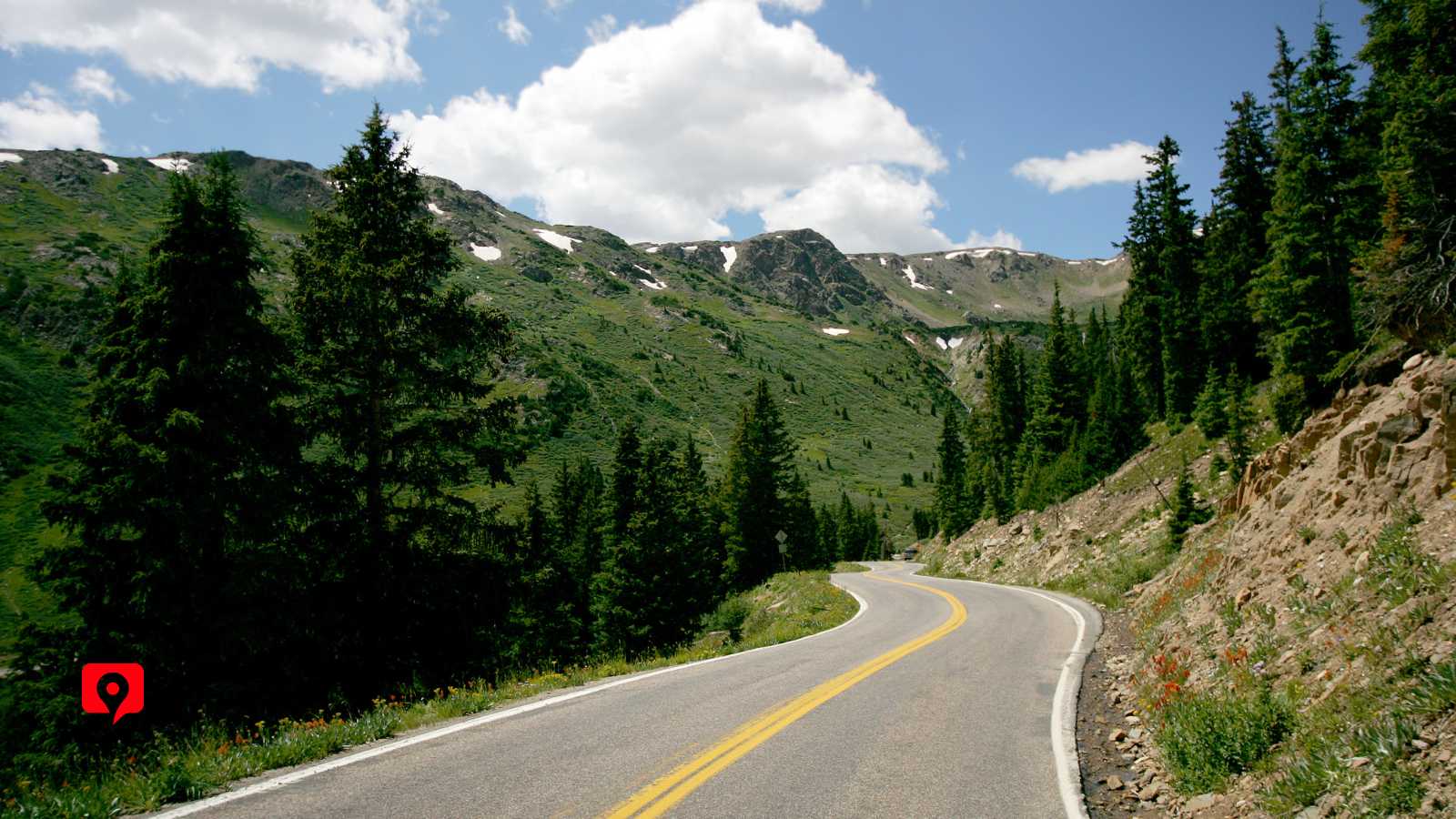
Entrance Fees
All visitors are required to pay an entrance fee to access Pikes Peak Highway. Tickets can be purchased at the Gateway entrance or online in advance. Fees vary depending on the number of passengers and the type of vehicle. Discounted rates are available for children, and kids under 6 can enter free.
If you’re traveling as a group, a carload pass may offer the best value. Motorcycles are also permitted with a separate fee. Be sure to check the official website for the most current pricing, as seasonal rates or event-based changes may apply.
Discounts may be available for U.S. military members, seniors, and children. Some packages may also include access to summit amenities or facilities.
Tip: If you’re planning to visit multiple attractions in the area, consider checking for combo tickets or regional passes that include Pikes Peak access.
Camping
For those looking to connect with nature, several campgrounds are available near the base of Pikes Peak. Cheyenne Mountain State Park, Mueller State Park, and Crystal Reservoir offer tent and RV camping, along with scenic views, picnic areas, and access to hiking trails. These sites are perfect for outdoor enthusiasts seeking a more rustic and immersive experience in Colorado’s mountain landscape.
Manitou Springs
Nestled at the base of Pikes Peak, Manitou Springs offers a charming mix of historic inns, cozy motels, and boutique lodges. This artsy mountain town is known for its natural mineral springs, local shops, and easy access to the Pikes Peak Highway. Lodging options like the Cliff House at Pikes Peak and Eagle Motel provide a scenic and convenient stay—ideal for those who want to explore the area on foot.
Colorado Springs
Just a short drive from the Gateway entrance, Colorado Springs features a wide variety of accommodations—from luxury resorts like The Broadmoor to budget-friendly hotels and national chains. Staying here offers access to restaurants, cultural sites, and family attractions, all while being close to the base of Pikes Peak.
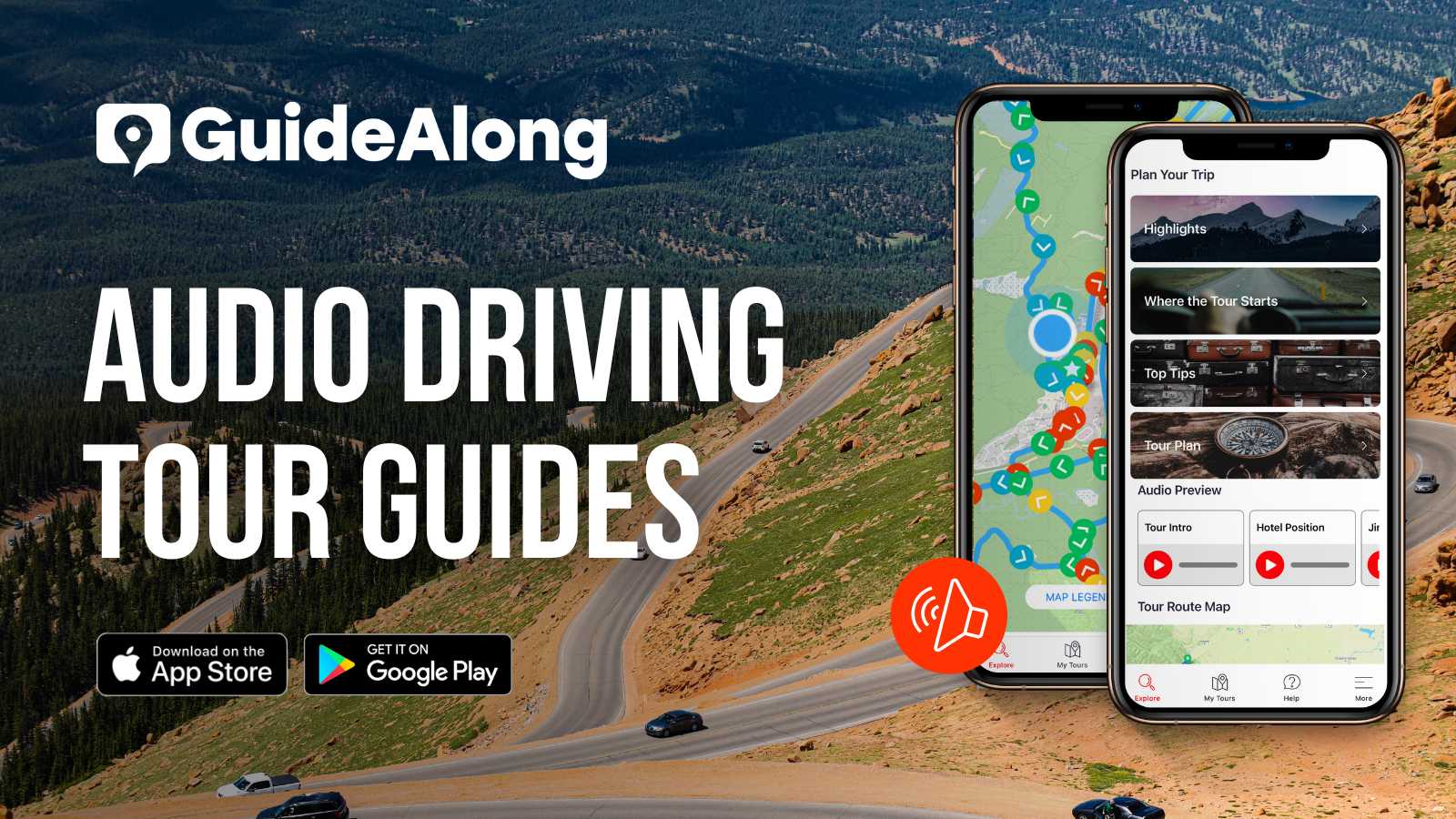
Pikes Peak Highway is open year-round, but the best time to visit is between late May and early October, when the full road to the summit is typically open and weather conditions are most favorable. During these warmer months, visitors can enjoy clear skies, vibrant alpine scenery, and easier driving conditions.
Summer (June to August) is the most popular time, offering the best chance for summit access and scenic visibility. However, it can also be the busiest, so arriving early in the day is recommended.
Fall (September to early October) brings cooler temperatures and stunning fall colors, with fewer crowds.
In winter, the highway remains open but may be restricted at higher elevations due to snow or ice. The road is regularly plowed, and winter visits offer dramatic snowy vistas, though access may be limited to certain elevations for safety.
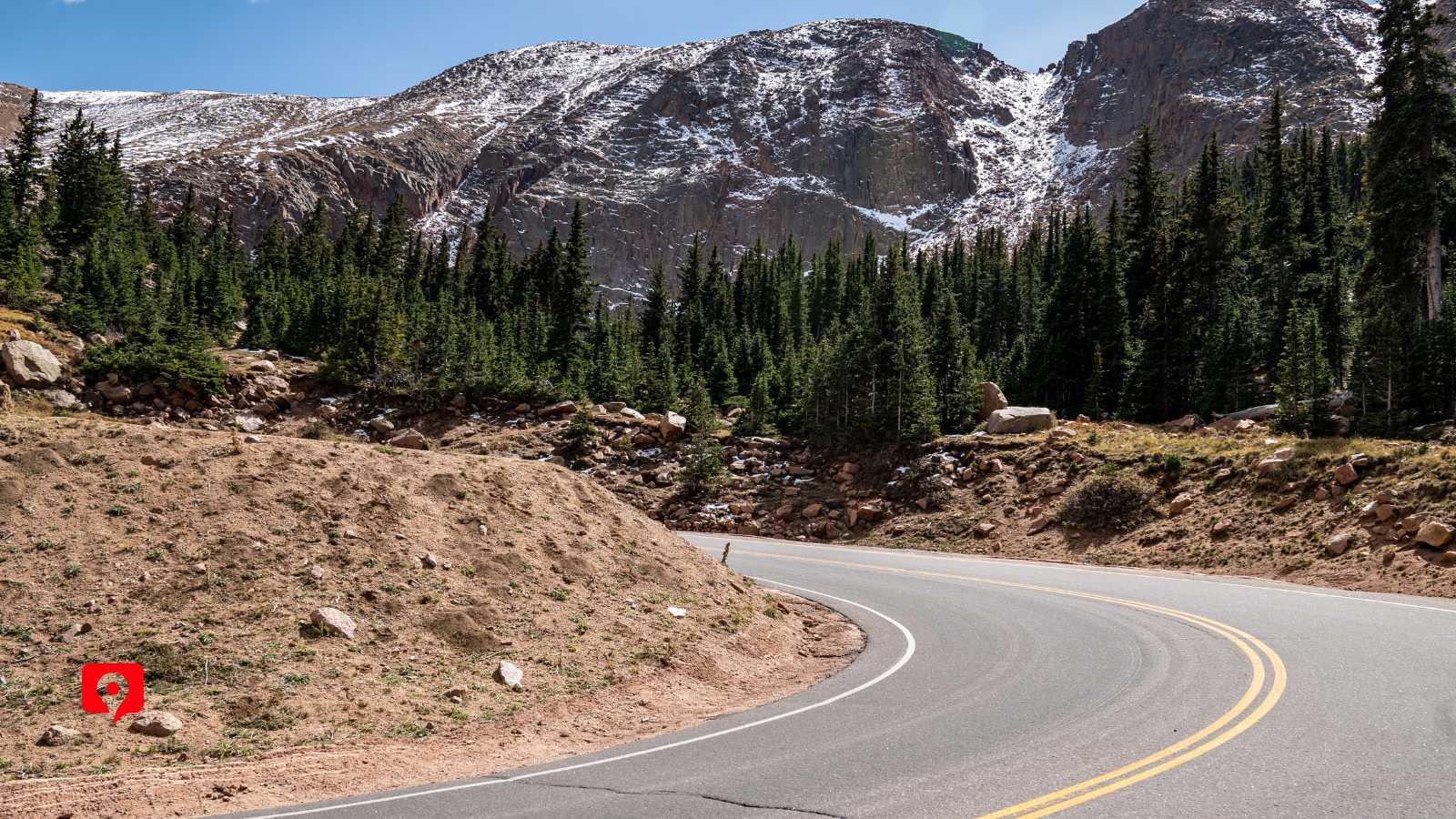
If you’re short on time, 2 hours is enough for a scenic drive with brief stops at key viewpoints like Barr Trail, Crystal Creek Reservoir, and Cascade Observation Site—perfect for soaking in the mountain views without a long commitment.
For a deeper, more relaxed experience, consider setting aside a half day. This gives you the flexibility to explore more stops, enjoy short hikes, visit the Summit Visitor Center, and fully take in the changing landscapes along the way. A longer visit also allows room for spontaneous photo breaks, shifting weather, or simply slowing down to enjoy the surroundings.
Whether you’re up for a short drive or a half-day alpine escape, Pikes Peak Highway offers a journey that fits your schedule and sense of adventure.
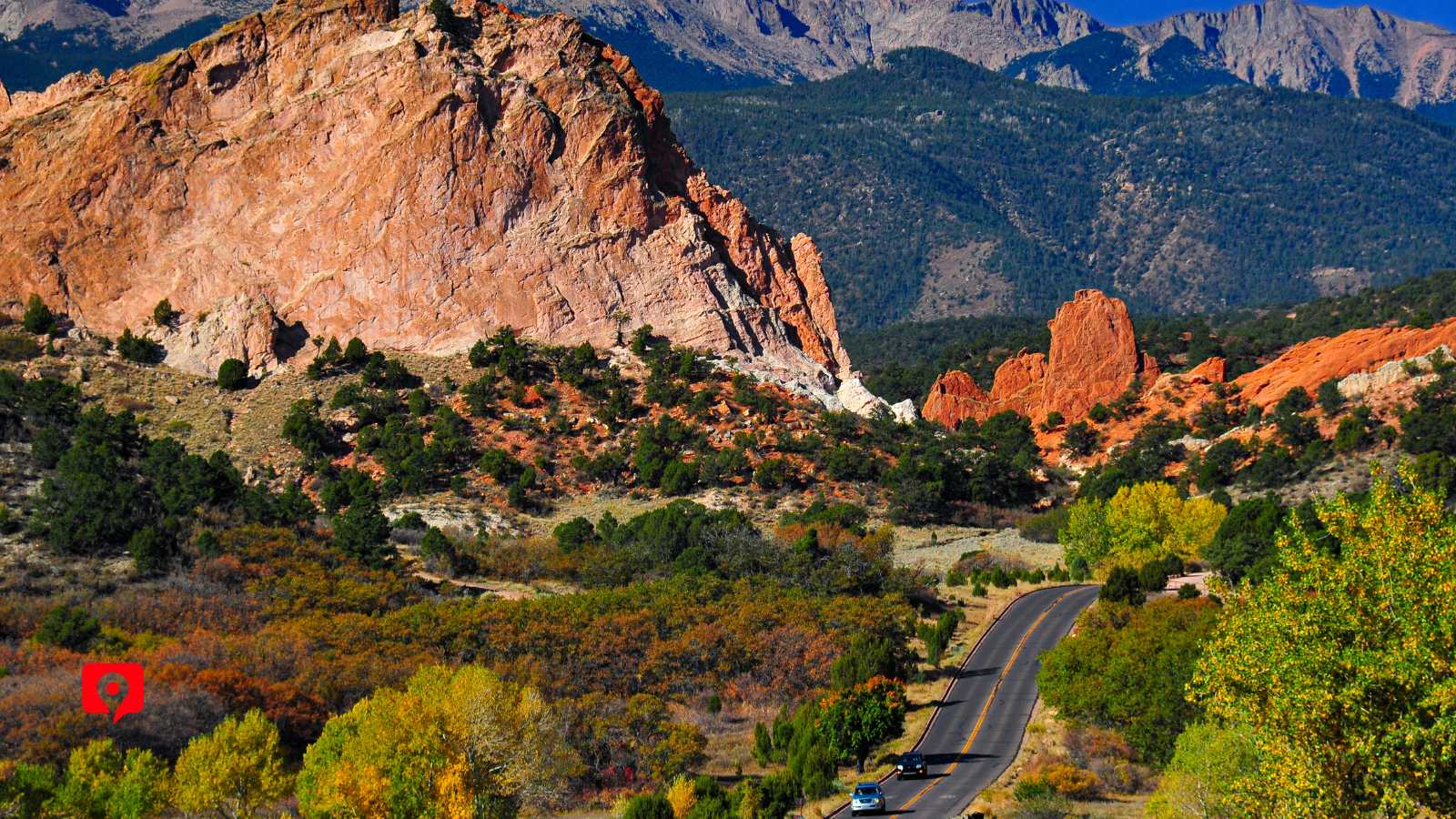
Pikes Peak Highway is a popular destination, especially during summer weekends and fall color season. To avoid the rush, plan your visit during shoulder months like late May, early June, or late September, when the weather is pleasant but the crowds are lighter.
For the best experience, start your drive early, ideally before 9 AM, to beat day-trippers and enjoy popular spots like Crystal Reservoir and the summit with fewer people around. Weekdays are generally quieter than weekends, offering a more peaceful journey up the mountain.
If you’re staying overnight, book accommodations in advance—lodging in Manitou Springs and Colorado Springs can fill up quickly during peak times. Consider packing snacks or a picnic to skip lunchtime crowds at local restaurants.
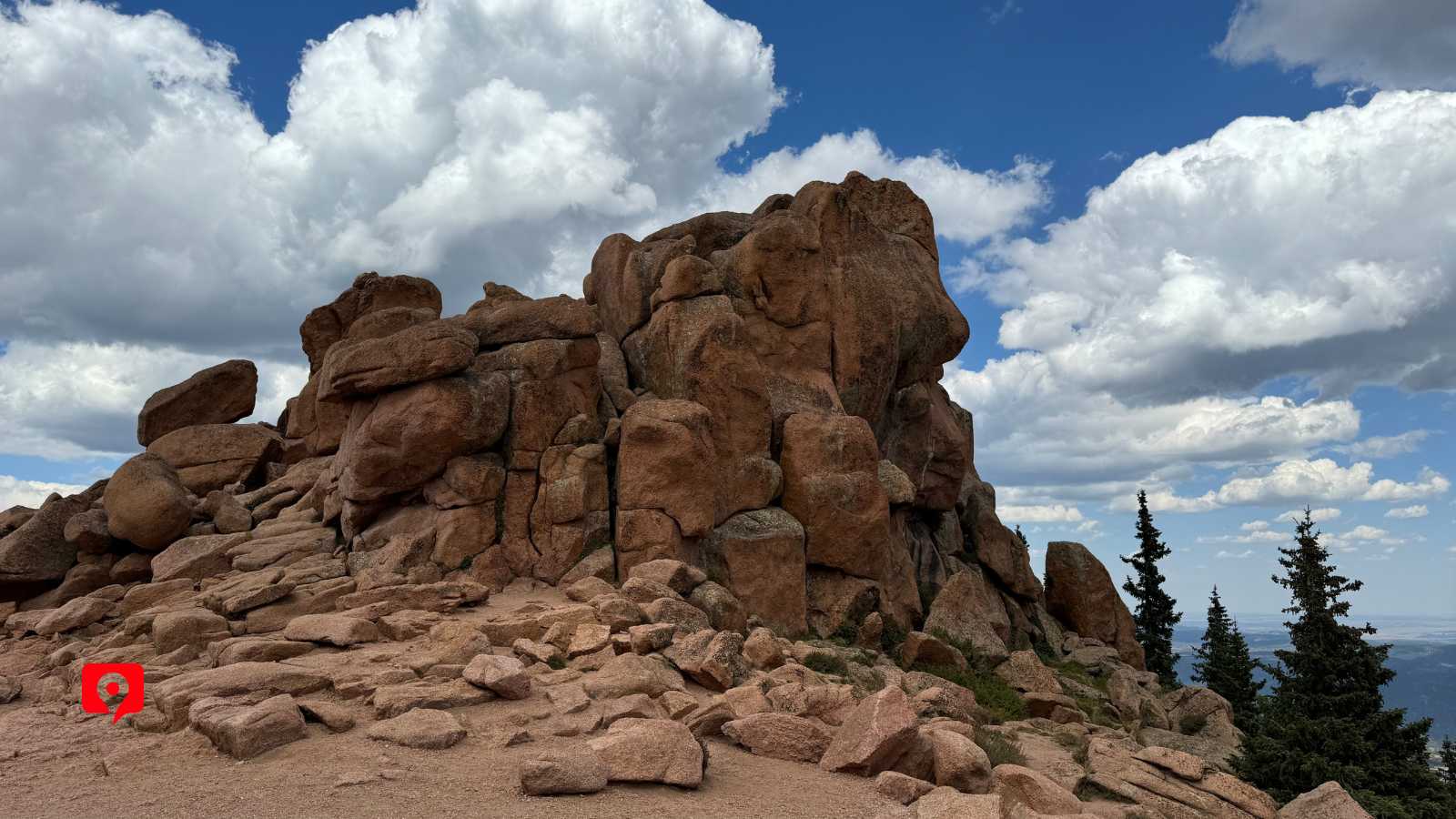
Barr Trail
Barr Trail is a legendary hiking path that winds its way up the slopes of Pikes Peak, offering sweeping views and a true test of endurance. Beginning in the town of Manitou Springs, this 13-mile trail climbs over 7,000 feet through changing landscapes from dense forests to alpine tundra. Along the way, hikers encounter dramatic switchbacks, rocky outcrops, and moments of quiet solitude. Most visitors choose to enjoy this trail by hiking only a small portion of it, starting from the summit of Pikes Peak.
Crystal Creek Reservoir
Crystal Creek Reservoir is a serene alpine lake nestled along the Pikes Peak Highway, offering a peaceful escape with stunning mountain views. Framed by tall pines and the towering presence of Pikes Peak itself, the reservoir is a favorite spot for fishing, picnicking, and photography. Its calm waters reflect the sky and surrounding peaks, creating picture-perfect scenery in every season. Whether you’re casting a line or simply pausing to take in the crisp mountain air, Crystal Creek invites visitors to slow down and savor the natural beauty of Colorado’s high country.
Cascade Observation Site
Cascade Observation Site offers a breathtaking overlook where forested valleys and distant mountain ranges stretch as far as the eye can see. Named after the nearby town of Cascade, this scenic stop invites travelers to pause and take in the dramatic elevation change as they climb higher into the Rockies. On clear days, the sweeping views highlight Colorado’s rugged terrain and natural beauty. It’s an ideal spot to rest, reflect, and appreciate the journey through this majestic alpine landscape.
Pikes Peak Summit
Pikes Peak Summit is the crown jewel of one of America’s most iconic mountains, soaring to 14,115 feet above sea level. From the top, visitors are rewarded with panoramic views stretching across Colorado’s plains, peaks, and even into neighboring states on a clear day. The summit is home to a modern visitor center, where you can warm up, grab the famous high-altitude donuts, and learn about the mountain’s history and geology. Standing at the summit, it’s easy to see why this peak inspired the lyrics of “America the Beautiful.”
One of the most iconic experiences on Pikes Peak Highway is the scenic drive to the summit at 14,115 feet. As you climb, the landscape transforms—from dense pine forests to alpine tundra—offering a dramatic shift in scenery. The winding road features numerous panoramic overlooks, perfect for quick photo stops. Whether you’re a thrill-seeker or a casual traveler, this high-altitude drive is both breathtaking and unforgettable.
The drive offers fantastic chances to spot Colorado’s native wildlife. Watch for bighorn sheep, mule deer, marmots, and even black bears along the roadside or rocky slopes. You might also see eagles or hawks soaring overhead and smaller critters darting through alpine meadows. Be sure to bring binoculars or a camera, and always observe animals from a safe and respectful distance. These unexpected sightings make the journey even more memorable.
Early morning or late evening hikes offer a magical way to experience the changing light over the mountains. As the sun rises or sets, the sky glows in brilliant hues, casting dramatic shadows across the terrain. Trails near high-elevation pullouts or overlooks—like those around Devil’s Playground or the summit area—are ideal for short, scenic hikes during golden hour. Just be sure to dress in layers and bring a flashlight or headlamp for safety. Watching the sun crest the horizon from above the clouds is an unforgettable reward for the effort.
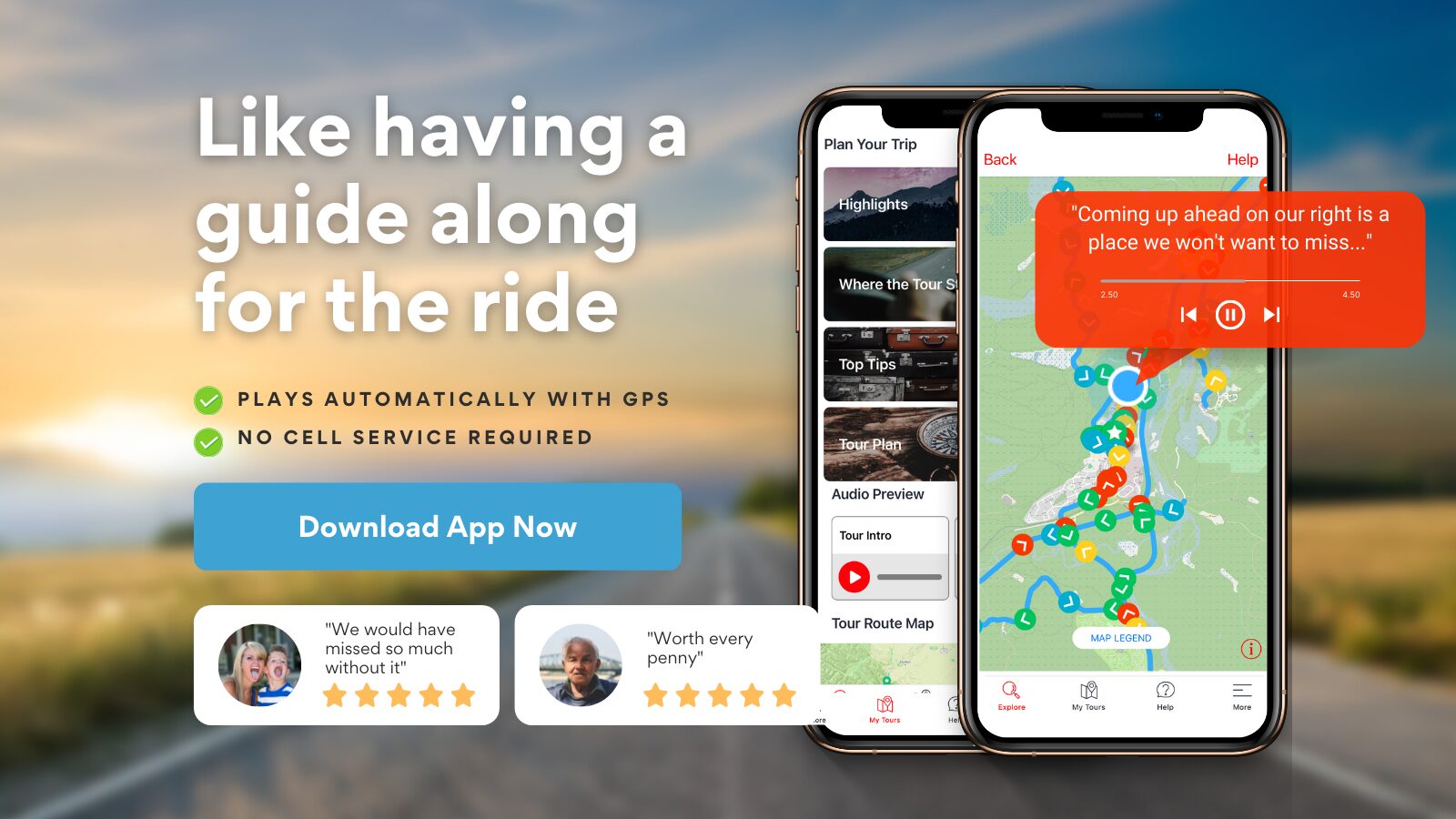
Layered Clothing: With a climb of over 7,000 feet in elevation, temperatures can shift drastically from base to summit. Dress in layers: a moisture-wicking base, an insulating fleece, and a weather-resistant jacket to stay comfortable in changing conditions.
Sturdy Footwear: Supportive shoes or hiking boots with good grip are essential, especially if you plan to walk around scenic overlooks, visitor areas, or short trails. Avoid sandals—conditions can be rocky, uneven, or snow-covered.
Daypack: A light but sturdy backpack makes it easy to carry water, snacks, layers, sunscreen, and small essentials. It keeps everything accessible during stops.
Water and Snacks: Hydration is key at higher elevations. Bring a full water bottle and energy-rich snacks like trail mix or protein bars for the journey.
Binoculars and Camera: Keep your eyes open for wildlife like bighorn sheep and marmots. A camera is great for capturing panoramic views and a pair of binoculars enhances your viewing experience.
Rain Gear: Weather can change suddenly. A packable rain jacket will help you stay dry during pop-up mountain showers.
Sun Protection: UV exposure intensifies with altitude. Pack broad-spectrum sunscreen, sunglasses, and a wide-brimmed hat—even on cloudy days.
First Aid Kit: Carry a basic kit with bandages, antiseptic, blister treatment, and any personal medications. Altitude can affect everyone differently.
Navigation Tools: While the main highway is well-marked, having a map or GPS is useful if exploring nearby parks or hiking areas.
Trash Bag: Help protect the mountain environment by packing out everything you bring. A small reusable bag is perfect for collecting snack wrappers or other waste.
Headlamp or Flashlight: For early sunrise or late sunset visits, always bring a flashlight or headlamp. Light fades quickly at high elevation.
Please fill out this form and let us know
17 Mile Drive Acadia ALABAMA Alberta Arches ARIZONA Badlands Banff Kamploos Big Bend National Park Big Island Big Sur Black Canyon Black Hills Blue Lagoon Bryce Canyon CALIFORNIA CANADA Canadian Rockies Canyonlands Capitol Reef Catskills COLORADO Colorado National Monument Crater Lake Cuyahoga Valley Death Valley Delicate Arch Everglades FLORIDA Florida Keys Glacier Grand Canyon Grand Teton Haleakala HAWAII Hidden Valley Hikes Honolulu Iceland Iceland Golden Circle Itineraries Joshua Tree Kancamagus Kauai Keweenaw Lake Superior North Shore Lake Tahoe Lassen Volcanic Lodging Louisiana MAINE Massachusetts Maui MICHIGAN Miinesota MINNESOTA Montana Monument Valley Mount Lemmon Mount Rainier Mount Rushmore National Park NEVADA New Hampshire New Mexico NEW YORK Niagara Falls NORTH CAROLINA North Cascades Oahu Ohio Old Faithful olympic national park Ontario OREGON Oregon Coast Reykjanes Peninsula Rocky Mountain Santa Fe Sedona Smokies Snæfellsnes Peninsula Sonoma And Napa Valley SOUTH DAKOTA Tech Tips TENNESSEE Texas Travel Tips Trip Planners Tulum Ruins Trip Planner USA UTAH Videos Waikiki WASHINGTON West Virginia WYOMING Yellowstone Yosemite Zion
